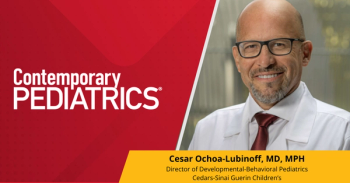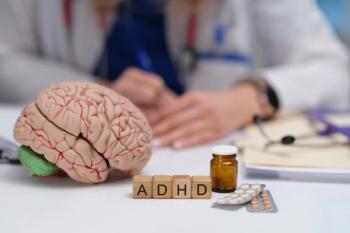
Role of Shared Decision Making in Treating Pediatric ADHD
Robert L. Findling, MD, MBA, and Timothy Wilens, MD, share their thoughts on treatment considerations with the patient’s family in pediatric ADHD.
Episodes in this series

Robert L. Findling, MD, MBA: Because ADHD is a disorder, it’s pernicious and protracted. Obviously, those are the risks, which set the groundwork for considering treatments. We see patients across the first 2 decades of life in pediatrics, and those patients come with families, and parents aren’t always on the same page. I’m curious about your approaches when working with families or children and incorporating them into the decision-making process.
Timothy Wilens, MD: They come in as families. There are many times when I’ve been evaluating a child and the parent takes one of the checklists. We like to use different checklists to help us with the symptoms so that we can spend time going through them and refining them. Many times, I see the parent write “Little Joe here, and me here,” and they check off what they were like as a kid and what they’re like now. We’re happy to give them an adult symptom checklist, because if the parents have ADHD, we have to engage them to be sure they get treated. They’re going to be better parents, and they’re going to do better in life as treated adults.
I also engage the family because there’s often a lot of stress around ADHD, and it helps to talk about ADHD, to be transparent about what ADHD is, and to educate to get everybody on board. We laugh and cry together. I love the work. One thing I love about child psychiatry is that you have other people in the room, and we can laugh and cry about things. For a period of time, you join the family dynamic as a member, and you’re part of them.
To go back to your question about the family and treatment, it’s important because across the life span, the family is very involved in the treatment. First, with younger children, they’re your eyes and ears. They tell you what the child is doing. Until around age 12, children aren’t very good reporters of their own pathology and symptoms. That has been demonstrated across multiple studies. You’re relying more on parents and teachers as observers to help you with that. In studies that we did with some initial work with extended-release medications that were specifically approved in adolescents, we found that around age 14, the children became better reporters of their own symptoms than the parents. Whereas with younger children, I see the parents as the focus and the children almost as consultants to what’s going on. As children age, the children become the focus and the parents are more the consultants.
The other issue is from an earlier age when children are very young. You’re going to rely much more on behavioral strategies and parent-training strategies. You’re going to want to use these integrated approaches first, before you think of other treatments. As children age into school-age adolescence, you’re going to use those strategies, but you’re going to rely more on pharmacological strategies as opposed to nonpharmacological strategies earlier in the treatment algorithm.
Transcript edited for clarity
Newsletter
Access practical, evidence-based guidance to support better care for our youngest patients. Join our email list for the latest clinical updates.












